Introduction: A Date with a Giant Space Rock
Apophis Will Pass Closer With Earth in 2029 What if I told you that a huge asteroid, about the size of the Empire State Building, is heading toward Earth in 2029—and it’s going to fly by closer than some satellites?
Sounds terrifying, right? But don’t worry, this is not a disaster movie script. It’s real, and the asteroid’s name is Apophis.
Now the big question—should we be scared? Or should we be excited about witnessing a once-in-a-lifetime cosmic event?
Let’s break it down, step-by-step.
🔭 What is Apophis?
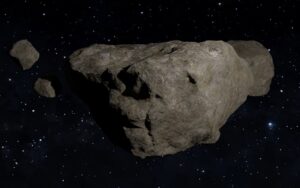
Apophis, officially known as 99942 Apophis, is a Near-Earth Object (NEO) that was discovered in 2004. It’s named after the ancient Egyptian god of chaos, which, let’s be honest, isn’t the most comforting name for a space rock that might one day come close to Earth.
At around 370 meters (1,210 feet) in diameter, this asteroid could do some serious damage if it ever collided with us. Think of it like this: if Apophis were to hit Earth, it could wipe out an entire major city—but don’t panic just yet.
🕵️♂️ How It Was Discovered
Apophis was first spotted by astronomers at the Kitt Peak National Observatory in Arizona. Initially, the asteroid didn’t cause much alarm, until researchers ran orbital simulations and saw a shocking possibility—a collision course with Earth in 2029.
Back then, early estimates gave Apophis a 2.7% chance of impact. That may not sound huge, but for planetary defense experts, that’s a big deal. The scientific world took notice immediately.
📅 Mark Your Calendars: April 13, 2029

Yes, it’s happening on a Friday the 13th. Spooky coincidence, right?
On that day, Apophis will zoom past Earth at a distance of just 31,000 kilometers (19,000 miles). To put that in perspective, that’s 10 times closer than the Moon and closer than many satellites orbiting Earth.
You’ll actually be able to see it with the naked eye, especially from Europe, Africa, and parts of Asia. It will appear like a bright, fast-moving star crossing the sky.
😱 Why Was Everyone So Afraid?

The fear started because, initially, scientists weren’t 100% sure if Apophis would miss us.
The 2004 calculations showed a real risk—especially for the 2029 flyby and a possible impact in 2036 or 2068. The media didn’t help. Headlines screamed things like “Apocalypse by Apophis” and “The End is Near.”
People panicked. Online conspiracy theories ran wild. Some even claimed governments were hiding the truth.
But as more data came in, the picture got clearer—and much more reassuring.
READ MORE:Can Elon Musk put people on Mars?
🛰️ NASA to the Rescue
NASA and other space agencies used advanced tracking systems, radar imaging, and orbital modeling to refine Apophis’ path. The more they observed, the more confident they became: Apophis will NOT hit Earth in 2029, or in the foreseeable future.
In 2021, NASA officially removed Apophis from its “Sentry Risk Table”, which is a list of potential asteroid threats. The 2068 impact scenario? Also ruled out.
So, rest easy—no impact is coming.
🔬 Why Scientists Are Excited
Instead of dreading its arrival, scientists now see Apophis as a golden opportunity.
Here’s why:
-
Closest flyby ever recorded for an asteroid of this size
-
A chance to study an asteroid in real time
-
Opportunity to test our planetary defense systems
We can learn so much from this flyby—from the composition of Apophis to how its orbit shifts due to Earth’s gravity.
🚀 Are There Any Missions Planned?
Absolutely! NASA and the European Space Agency (ESA) are working on missions to study Apophis up close, possibly with flybys or landers.
There’s even talk of redirecting already existing missions to take advantage of the flyby.
Just imagine—sending a probe to “touch” Apophis as it zips by Earth. That would be historic.
🌐 Global Observations in 2029
Astronomers worldwide are preparing their telescopes for the event.
Space agencies, universities, and even amateur astronomers will be collecting data, snapping pictures, and livestreaming the event.
It’s going to be like a worldwide asteroid-watching party.
🧠 The Role of AI and Tech
Modern AI tools are playing a huge role in tracking asteroids like Apophis.
AI analyzes enormous data sets, predicts orbital paths, and even suggests possible deflection strategies for future threats.
With AI, satellites, and telescopes, we’re more prepared than ever to deal with space threats.
💥 What If Apophis Did Hit Earth?

Okay, let’s explore the worst-case scenario, just for fun (and science).
If Apophis were to impact Earth:
-
The blast would equal over 500 megatons of TNT.
-
It would create a crater several kilometers wide.
-
A major city would be completely flattened.
-
Global climate could be temporarily affected.
But remember—it’s not going to happen. This is all hypothetical. Still, thinking about it helps us prepare for future real threats.
🎥 Misinformation and Media Madness
Let’s be real—fear sells.
Movies, YouTube videos, and even some news sites tend to exaggerate the danger. It’s easy to click on titles like “Planet Killer Coming in 2029!” But they often lack the science behind the story.
That’s why we need science literacy more than ever. Trust verified sources like NASA, ESA, and actual scientists—not random clickbait.
👩🚀 A Teachable Moment
Apophis isn’t just a story about science—it’s a story about opportunity.
Teachers around the globe are using this moment to inspire kids to learn more about space, astronomy, and the importance of defending our planet.
Who knows—Apophis could inspire the next generation of astrophysicists.
🌍 A Reminder of Our Fragile Home
Apophis reminds us how small and vulnerable we are in the vast cosmos.
But it also reminds us of something amazing—humanity’s ability to understand, prepare, and adapt. Together, we’ve tracked this rock from millions of kilometers away and predicted its path with incredible accuracy.
If that’s not amazing, I don’t know what is.
✅ Conclusion: Apophis Isn’t Doom—It’s Discovery
So, are we afraid of Apophis?
We were. But now, with science on our side, we’re not scared—we’re curious.
April 13, 2029, won’t be a disaster. It’ll be a cosmic spectacle. A reminder that the universe is wild, but with teamwork, knowledge, and preparation, we’ve got nothing to fear.
Mark your calendars and get ready for one of the coolest space events you’ll ever see!
❓FAQs
1. Is Apophis going to hit Earth in 2029?
No, Apophis will safely fly past Earth at a very close distance, but there’s zero chance of impact.
2. How big is Apophis?
It’s about 370 meters (1,210 feet) wide—roughly the size of a 70-story skyscraper.
3. Will Apophis be visible from Earth?
Yes! In some regions, you can see it without a telescope. It’ll look like a bright, fast-moving star.
4. Why was Apophis considered dangerous before?
Early orbital data in 2004 suggested a small chance of collision, which led to concern. But newer observations have ruled out any impact.
5. Can we stop an asteroid if one ever threatens Earth?
Yes! NASA is developing planetary defense missions, like DART, which recently demonstrated we can change an asteroid’s path.
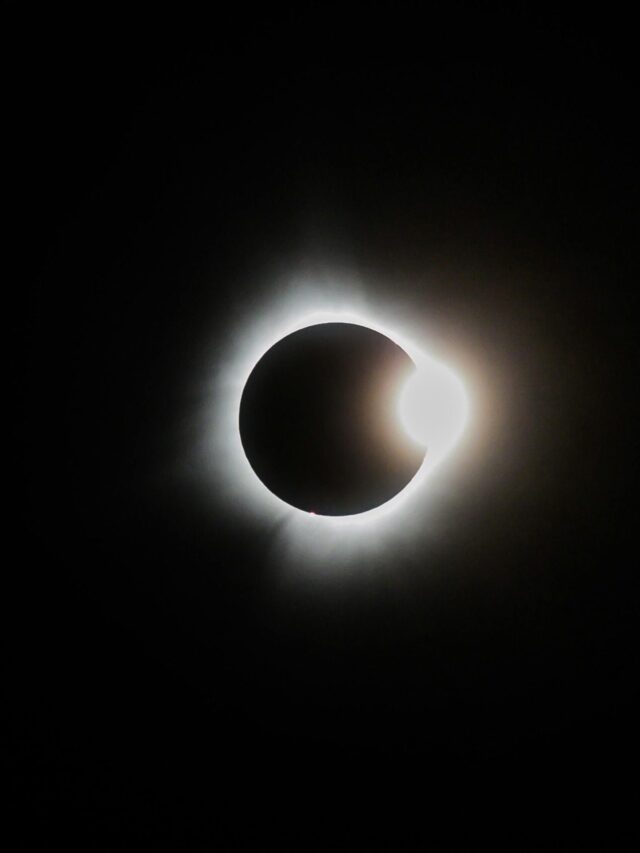
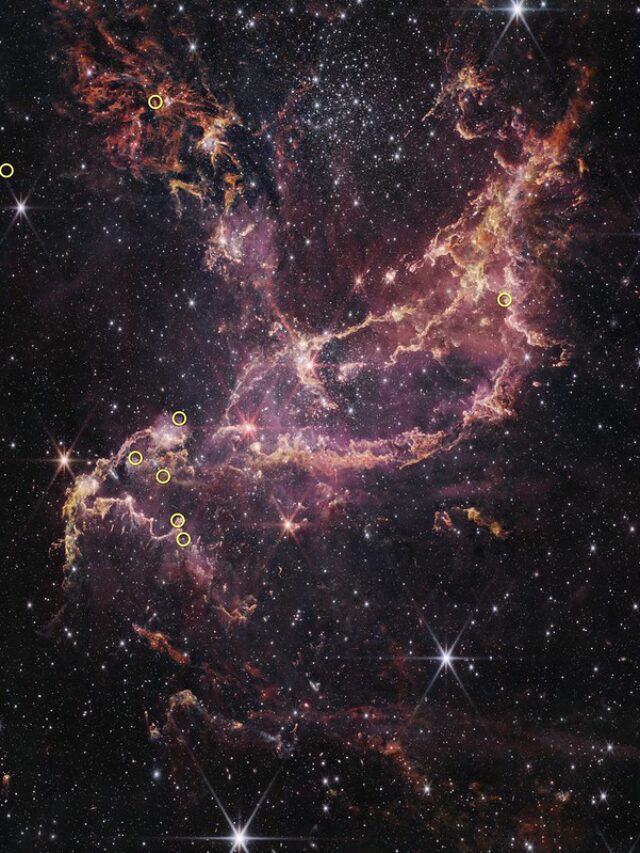
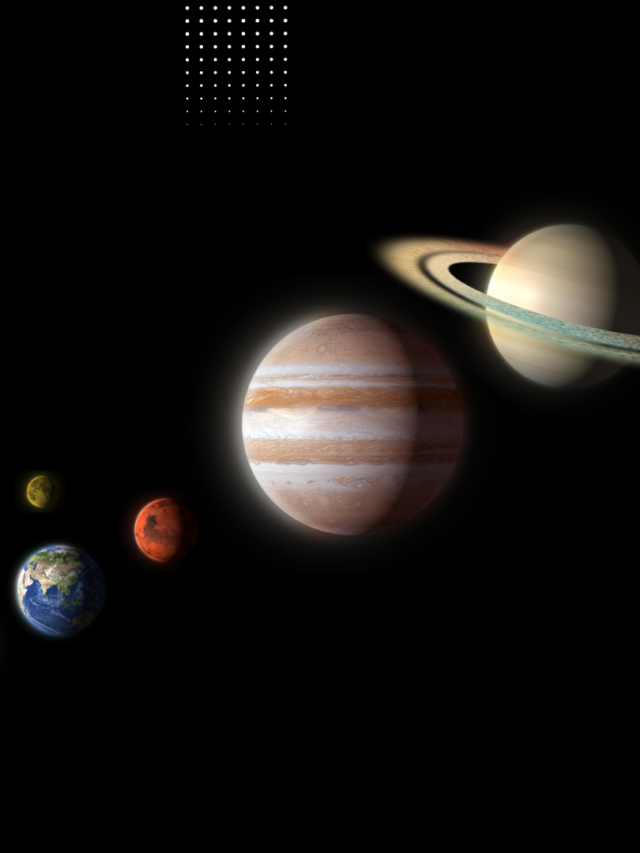

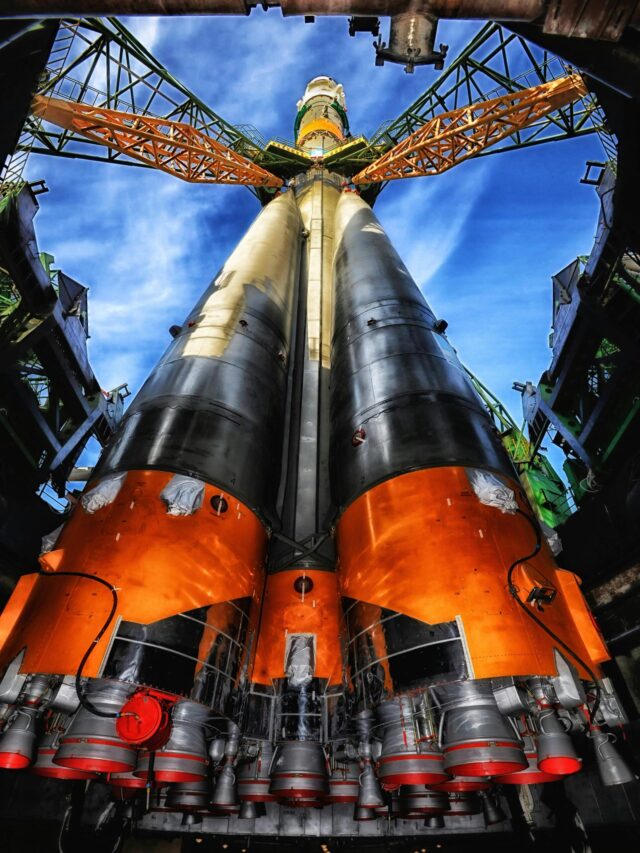


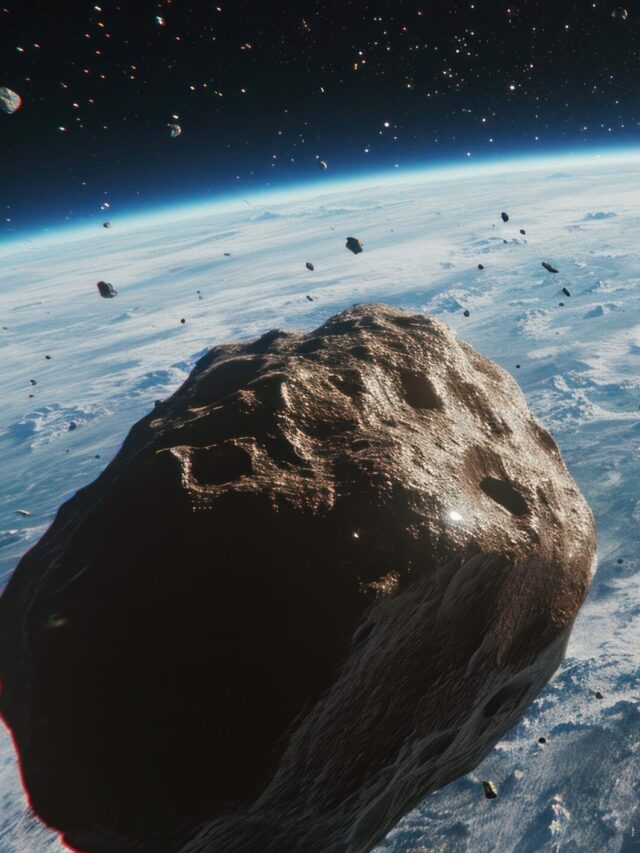





Pingback: Newly discovered GI 410 b | puffy sub-Neptune planet | 2025 - astrobites